İznik- the ancient Byzantine Nikaia
- Written by Portal Editor
- Category: Marmara Region
- Hits: 5303
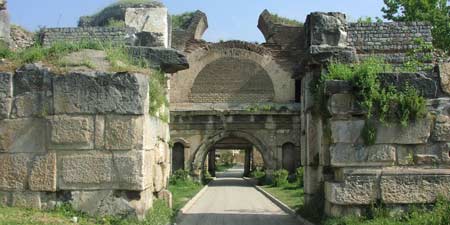
On the way from Bursa towards Eskesehir we had made a short stopover on the D 200 near Inegöl for lunch in one of the many restaurants along the road.
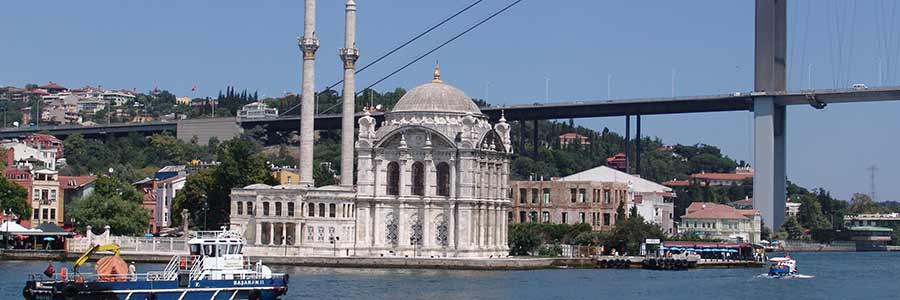
Located in northwestern Turkey, the Marmara region is the country's bridge and connection to Europe, with Turkey's largest city, Istanbul, at its heart. The area has been inhabited for thousands of years and is home to a variety of archaeological sites and relics from the past. The present offers everything from water sports to skiing, or even relaxing on the beach.
Tekirdağ on the Marmara Coast is famous for its local meatballs and raki. Edirne (Adrianople) near the Bulgarian border is a former Ottoman capital with many attractions. The long peninsula to the south leads to Gallipoli, the site of the 1915 landings, which is now dotted with First World War memorials. Ferries run to Gokceada, a mountainous island with semi-abandoned Greek villages.
Istanbul's industrial sprawl extends as far as Izmit. The landscape improves to the south: Iznik am See was ancient Nicaea, the site of Christianity's first and seventh ecumenical councils. Yalova, on the coast, is surrounded by green mountains dotted with thermal springs and waterfalls.
Çanakkale, on the shores of the Dardanelles, is the starting point for visiting ancient Troy and the beautiful island of Bozcaada. It is also the route to ancient Pergamum further south, and an alternative route to Gallipoli. The Marmara Islands lie in Turkey's "Inland Sea" and offer a wide range of resorts to remote escapes. Inland, Balikesir is basically just a transport hub. The highlight of this area is Bursa, a former Ottoman capital with much early imperial history and the nearby national park and ski resort of Mount Uludağ. The routes to the east lead back to Istanbul via Iznik.

On the way from Bursa towards Eskesehir we had made a short stopover on the D 200 near Inegöl for lunch in one of the many restaurants along the road.
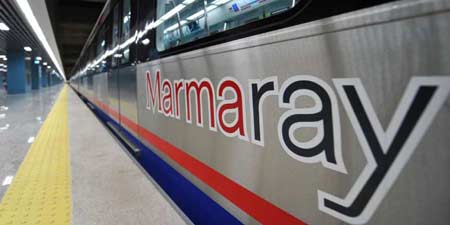
The dream began during the Ottoman Empire in 1860: Asia and Europe were to be connected under the Bosphorus with the help of a tunnel.
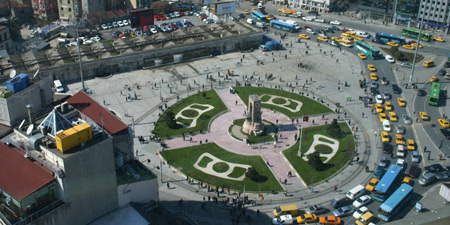
A little bit of history about Taksim Square in Istanbul, which has once again attracted a great deal of attention from the media. Taksim Square in Istanbul has always been considered the city's most important transport hub.
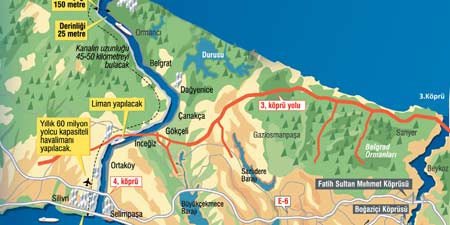
The ancient Romans first had the idea of building a bypass next to the Bosphorus, which connects the Mediterranean Sea with the Black Sea through the strait near Istanbul, which would reduce the high load on the strait from shipping traffic.
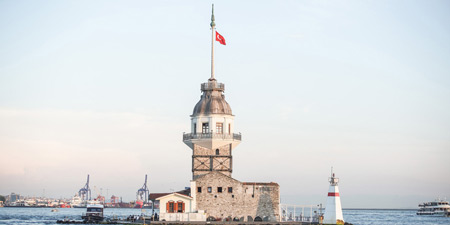
For almost every traveler it is a must, the Maiden's Tower or as the locals say "Kız kulesi", the Maiden's Tower, because who does not at least know pictures of the old lighthouse from the 18th century, which has become one of the symbols of Istanbul.
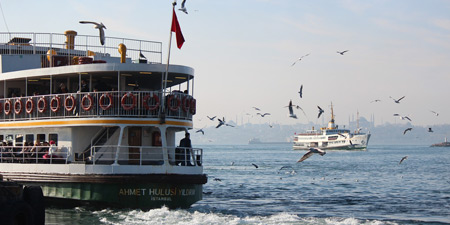
How one imagines Istanbul in one's dreams: Sunrise over the Bosphorus. The yellowish light is reflected in the water of the Golden Horn, which divides the new and old parts of Istanbul in the Eminonu district.
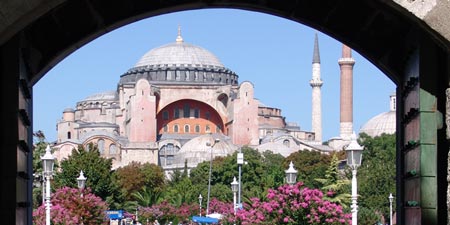
Dating from Byzantine times, the huge architectural monument of Hagia Sophia, also known as the "Great Cathedral", was commissioned by Emperor Justinian I to have been built.
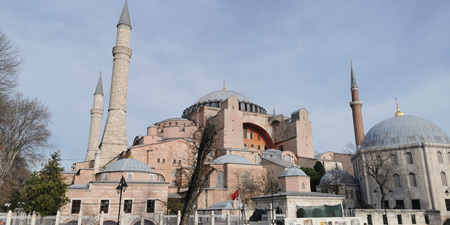
Hagia Sophia, which is located in Istanbul, was built by architects Anthemius of Tralles and Isidore of Miletus in 532–537 A.D by the order of I. Emperor Justinian.
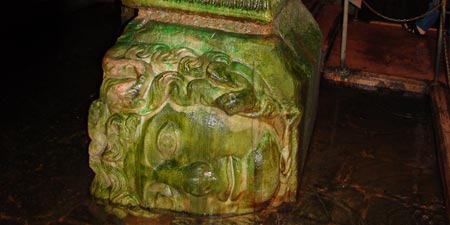
The sunken place in Istanbul has a story which is told over the sounds of water. One of the charming constructions left from the Byzantine era is the Basilica Cistern located at Sultanahmet Square in old Istanbul across the street from Hagia Sophia.
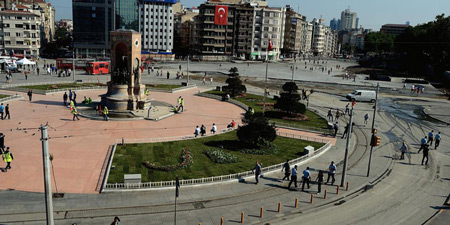
A small, almost insignificant park in Istanbul has made the headlines of the world press in recent weeks and there is currently no end in sight.
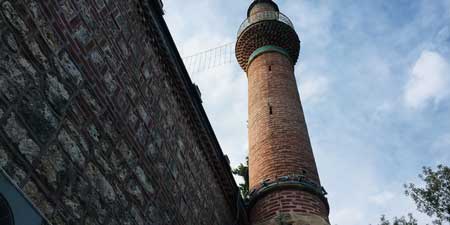
In addition to the Turkish provinces of Bursa, Sakarya, Bolu, Kütahya and Eskişehir, all of which are known far beyond the country's borders due to some product or event (Bursa for large industrial concentrations,
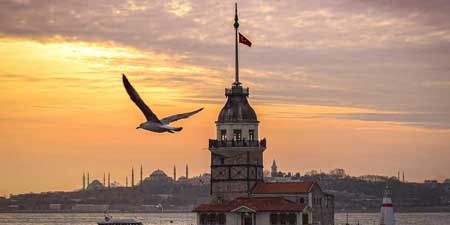
On the Turkish part of the Balkan peninsula, the province of Kırklareli stretches from the Black Sea to the main connecting road Istanbul - Edirne, which is one of the four provinces of the European part of Turkey.
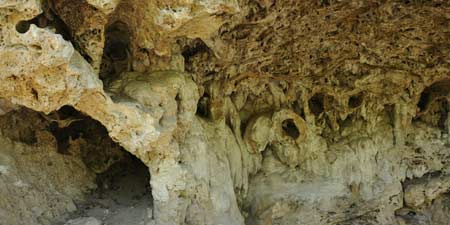
During our exploration along the Dursunbey Cayi, we came across a small stream which was to pass by car before we could reach into a rich, green lawn that was used by backpack hikers traveling with a tent during these days.
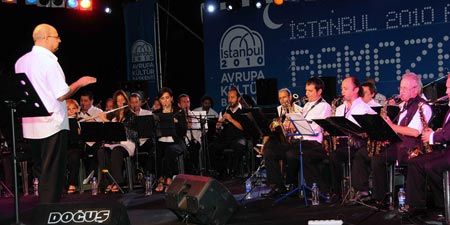
İstanbul’s Journey to Becoming the European Capital of Culture: The European Capital of Culture concept was launched for the first time in the 1980’s by Melina Mercouri, the Greek Minister of Culture of the period, and approved by the European Union Council of Ministers.
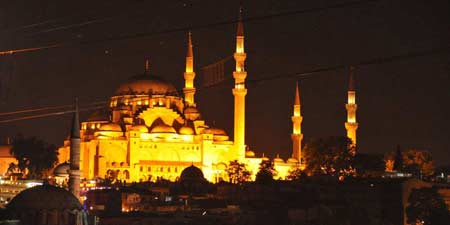
The Sultan Ahmet Mosque or with its more popular name, the Blue Mosque, is located in the oldest part of the city İstanbul, opposite of the famous Cathedral Hagia Sophia, just a short walk from Topkapi Palace.
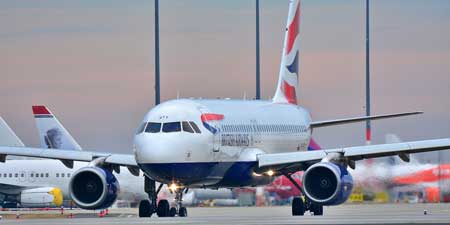
Sabiha Gökçen International Airport (IATA: SAW, ICAO: LTFJ) is one of the airports serving Istanbul, Turkey. The facility is named after Sabiha Gökçen, the first female combat pilot in the world. It is on the Asian side of the bicontinental city, Istanbul.
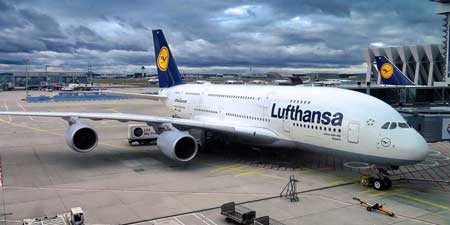
Istanbul Airport (formerly Ataturk Airport (IATA: IST, ICAO: LTBA) (Turkish: Ataturk Uluslararası Havalimanı) is an international airport in the Turkish city of Istanbul.
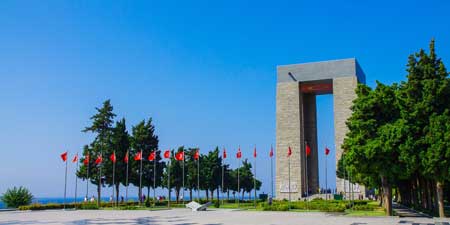
The provincial capital of Çanakkale, is located in the Çanakkale Strait’s most narrow region. Çanakkale is located in an area and important stop to be able to take a trip to the 30 km Troy and Gelibolu peninsula.
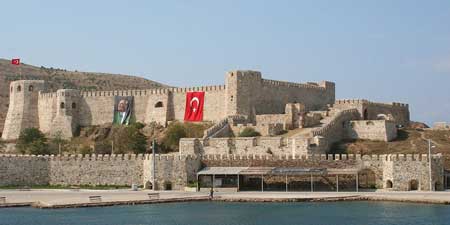
There are many islands in the immediate vicinity of the Turkish mainland, which, however, mostly belong to the territory of Greece.
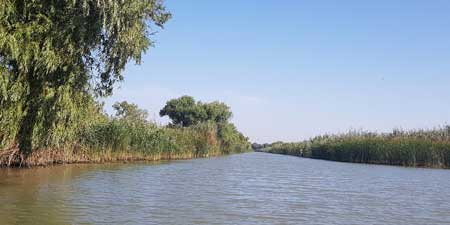
Not far from the border with Greece, about 10 kilometres away from the city of Enez near Ipsala, known to many travellers as a border crossing point, is the Lake Gala in South-West of Turkey, which is sometimes also known with the name Celtik Gölü.